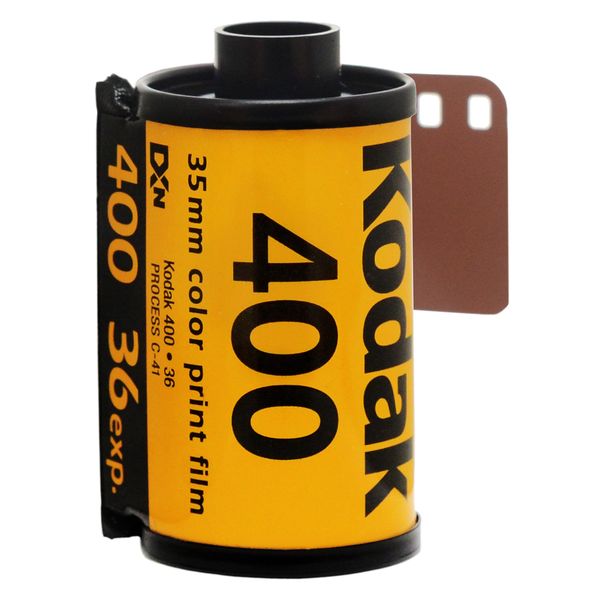The Rise and Fall of Kodak: A Photographic Giant
In 1888, George Eastman revolutionized the world of photography by introducing the Kodak camera, making it accessible to the general public. Kodak quickly became a household name, synonymous with capturing treasured memories and moments, and deeply embedded itself into the cultural fabric of society. At its zenith, Kodak enjoyed revenues of nearly $16 billion in 1996 and profits of almost $2.5 billion in 1999, commanding about 80% of the U.S. market and 50% of the global market.
For decades, Kodak led the industry with innovations such as Kodachrome film, the Instamatic camera, and even the first digital camera prototype in 1975, which cemented its status as a pioneer and propelled it to monumental success. However, despite its legacy of innovation, Kodak struggled to adapt to the digital revolution.
The turning point came in 1981, when Kodak engineer Steve Sasson invented the digital camera. Faced with a critical choice between its lucrative film business and the burgeoning digital photography market, Kodak hesitated. This reluctance to embrace digital technology fully, coupled with a rigid operational structure that hindered quick decision-making and stifled creativity, marked the beginning of its decline.
Business Insights for Entrepreneurs:
1. Innovation and Adaptability: Continuously adapt to changing market demands and customer preferences. Understanding and responding to these changes is crucial for sustained success.
2. Organizational Agility: Ensure that your business structure and processes are flexible enough to respond to new challenges and opportunities swiftly.
3. Engaging New Generations: Always consider the evolving preferences of new generations, who will play a significant role in shaping the future market dynamics.
Marketing Success and Strategies:
- Innovation Leadership: From the Kodak Brownie to Kodachrome film, Kodak's continuous innovation helped it lead the market.
- User-Friendly Design: Simple and accessible camera designs made photography widespread among amateurs and professionals alike.
- Iconic Slogan - "You Press the Button, We Do the Rest": This slogan encapsulated the ease of use of Kodak products, broadening its market appeal.
- Film Sales Model: Selling cameras at low prices and profiting from film sales was a unique and effective business model.
- Brand Trust and Recognition: High-quality products built Kodak’s reputation, earning customer loyalty.
- Mass Marketing: Kodak's extensive advertising efforts, including the promotion of "Kodak moments," effectively ingrained its brand in popular culture.
- Emotional Appeal: Marketing that highlighted the emotional value of preserving memories resonated deeply with consumers.
- Retail Presence: A strong retail presence ensured that Kodak products were readily available and visible.
Challenges in the Digital Age:
- Slow Digital Adoption: Kodak's delayed response to digital technology significantly hindered its ability to compete in the new market landscape.
- Competition:** Agile digital camera manufacturers and smartphone companies disrupted Kodak's traditional business model.
- Missed Digital Opportunities: Despite early innovations in digital imaging, Kodak failed to capitalize on these advancements.
- Market Misalignment: As consumer behavior shifted towards digital and online photo sharing, Kodak's film-centric model became increasingly irrelevant.
- Financial Struggles: The costs of transitioning to digital, coupled with declining film sales, led to financial instability, culminating in a bankruptcy filing in 2012.
- Innovation and Marketing Stagnation: The bureaucratic nature of the later years of Kodak stifled innovation and adaptation, making its marketing strategies less effective in the digital era.
Kodak's story is a poignant reminder of the importance of innovation, agility, and the need to stay aligned with consumer trends to maintain market relevance.


.webp)
.webp)
.webp)
.webp)

.webp)
.webp)

0 Comments